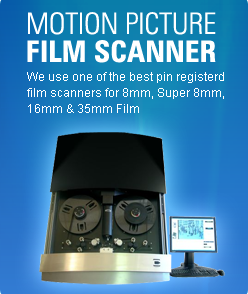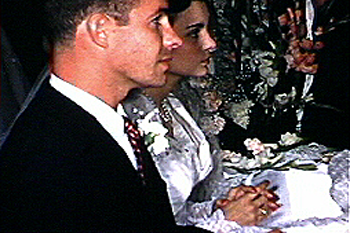
The first table shows how the same film looks using our 4 different processes. You can see that the difference can be significant for our Rutland customers.
The second table presents a case for scanning 8mm and Super 8 film at 2K resolution. In the past year we have done 20 comparisons. Contrary to popular belief, we do see a noticeable difference in quality between our Pro HD and Pro 2K process on 8mm and Super 8 film.
8mm And Super 8 Film Rutland |
|
SD Scan
|
|
Pro HD Scan
|
|
Pro 2K Scan
|
|
Pro 4K Scan
|
|
Film Resolution |
|
Resolution of Film |
|
Film Grain
|
|
Film Grain vs Digital Pixel
|
|
Professional films usually have access to the original camera negative in addition to work prints, answer prints, etc. It is always better to scan using the original camera negative.
Rutland Fun Facts: Rutland, Vermont, in Rutland county, is 73 miles NE of Schenectady, New York and 129 miles NW of Boston, Massachusetts. The city has a population of 17,292. Rutland, Vermont, in Rutland county, is 73 miles NE of Schenectady, New York and 129 miles NW of Boston, Massachusetts. The city has a population of 17,292.
Vermont Fun Facts: During the American Revolution, Vermont declared independence separately from the original 13 colonies, although the Continental Congress refused to recognize it. Vermont was finally admitted to the union as the 14th state in 1790, after 14 years as an independentrepublic. The name of the state is derived from”montagne verte,” French forgreen mountain, giving rise to the state’s “Green Mountain State” nickname. Today, Vermont’s mountains are a popular destination for skiers and snowboarders.











